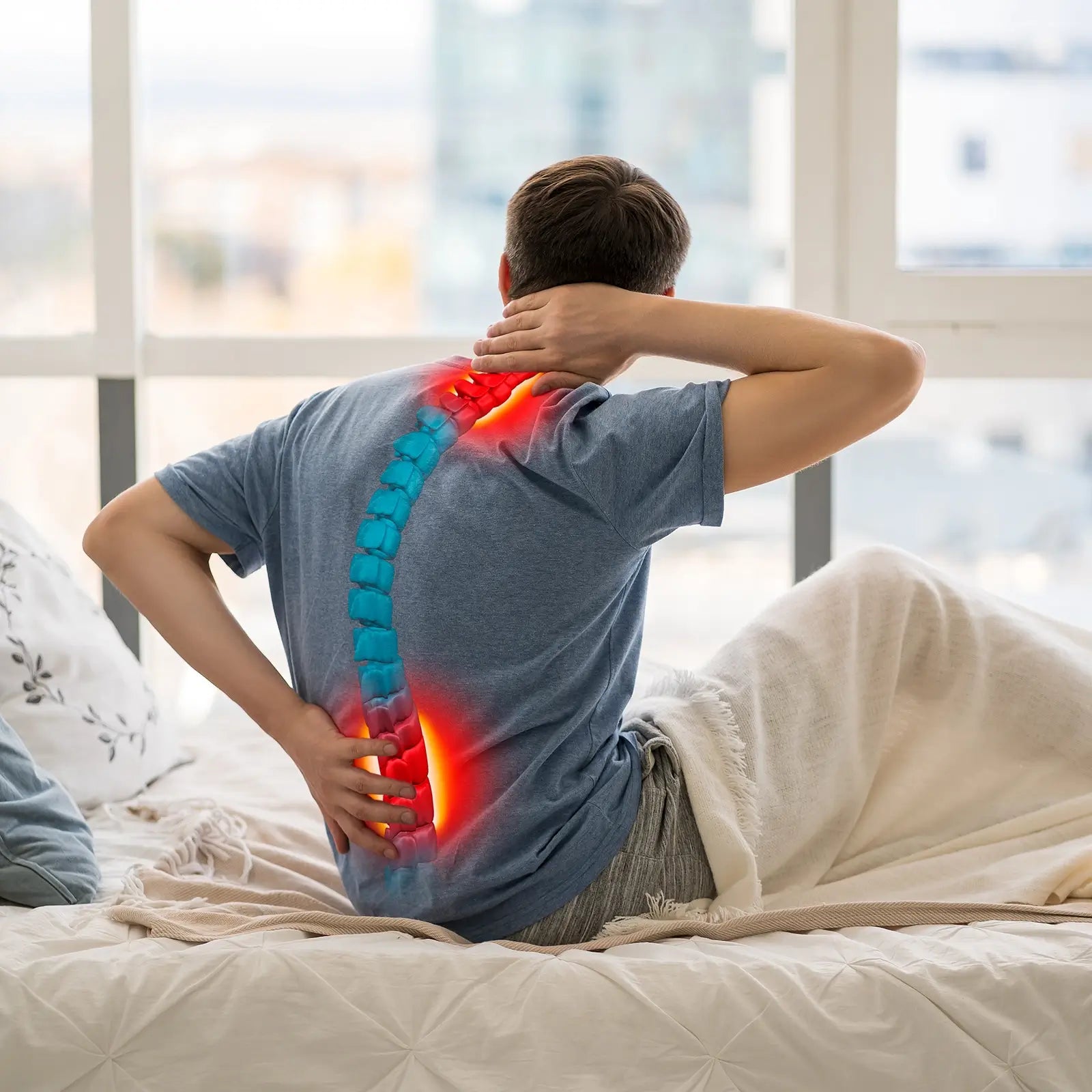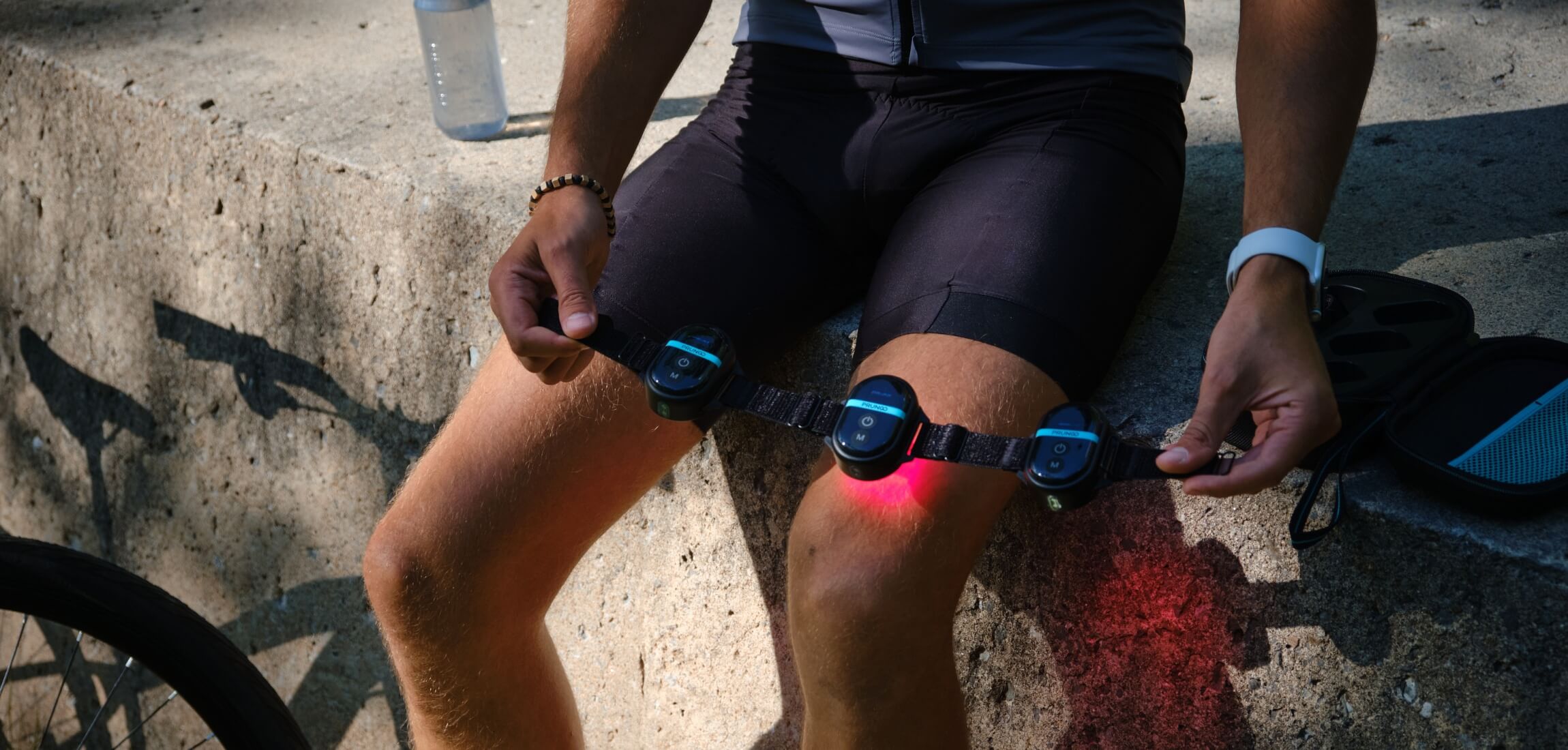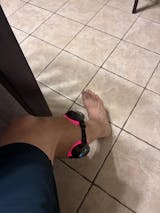Exploring the Efficacy of Low-Power Modulated Laser Therapy in Treating Cervical Spine Osteoarthritis
In the field of contemporary medical treatments for osteoarthritis, cutting-edge therapies such as low-power modulated laser (LPL) therapy are being recognized as effective options for alleviating pain and enhancing patient results. Recent research has underscored the possible advantages of LPL therapy for individuals with symptomatic osteoarthritis of the cervical spine, providing a ray of hope for those in search of relief from persistent pain and reduced functionality.
Study Overview
The study brought attention to patients suffering from symptomatic osteoarthritis of the cervical spine, who underwent LPL therapy to evaluate its effects on pain and the physical characteristics of connective tissues. Two LPL treatments were given with a 20-day interval, specifically targeting the soft connective tissue layer above the right and left superior trapezium.
Pain Management Outcomes
It was a key goal to monitor shifts in pain levels. Notably, following the initial use of LPL, 9 out of 14 patients noted a decrease in pain, even though the statistical significance was not strong. It is crucial to highlight that there was no escalation in pain reported by any of the patients, indicating that LPL therapy is a secure treatment option. The pain alleviation experienced after the first application persisted steadily throughout the 20-day timeframe until the subsequent evaluation.
Enhanced Efficacy with Continued Treatment
The second application of LPL yielded a noteworthy discovery in the study. It was observed that 12 out of 14 patients experienced relief from pain, and the results demonstrated a statistically significant improvement (p < 0.01). This finding highlights the potential cumulative impact of LPL therapy, suggesting that ongoing treatment could further enhance therapeutic outcomes for individuals with osteoarthritis.
Connective Tissue Improvements
The research not only evaluated pain levels but also examined the ultrasound thickness of the subcutaneous soft tissue layer above the two superior trapezia. Initially, noticeable variations in tissue thickness were noted among all participants. Nevertheless, measurements conducted pre and post LPL therapy revealed substantial enhancements in tissue thickness, providing additional evidence for the effectiveness of this treatment approach.
Conclusion
The results of this study emphasize the potential benefits of utilizing low-power modulated laser (LPL) therapy to address symptoms associated with cervical spine osteoarthritis. With notable enhancements in pain relief and improvements in connective tissue properties observed within a relatively brief treatment duration, LPL therapy presents itself as a compelling choice for patients in search of non-invasive and effective remedies for their condition.
It is essential for individuals in the medical field to remain updated on the latest developments regarding LPL therapy, as its benefits are being further investigated and confirmed. By adopting progressive treatments such as LPL therapy, both patients and healthcare professionals can contribute to enhancing the quality of life and achieving better clinical results in the fight against osteoarthritis.
















Share:
Exploring the Immediate Benefits of Multi-Focal Low-Level Laser Therapy on Quadriceps in Knee Osteoarthritis Patients
Unveiling Relief: The Power of Photobiomodulation Therapy for Chronic Neck Pain